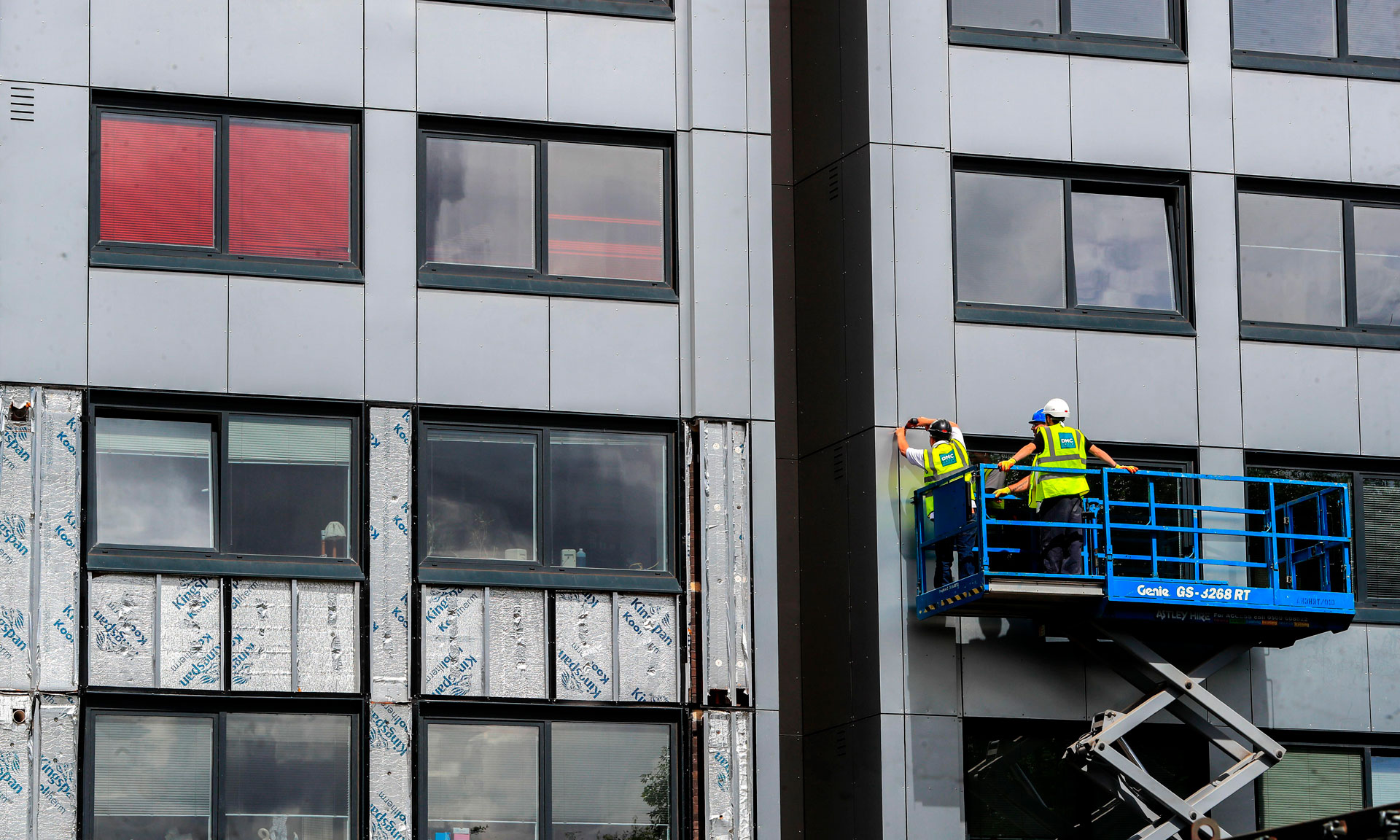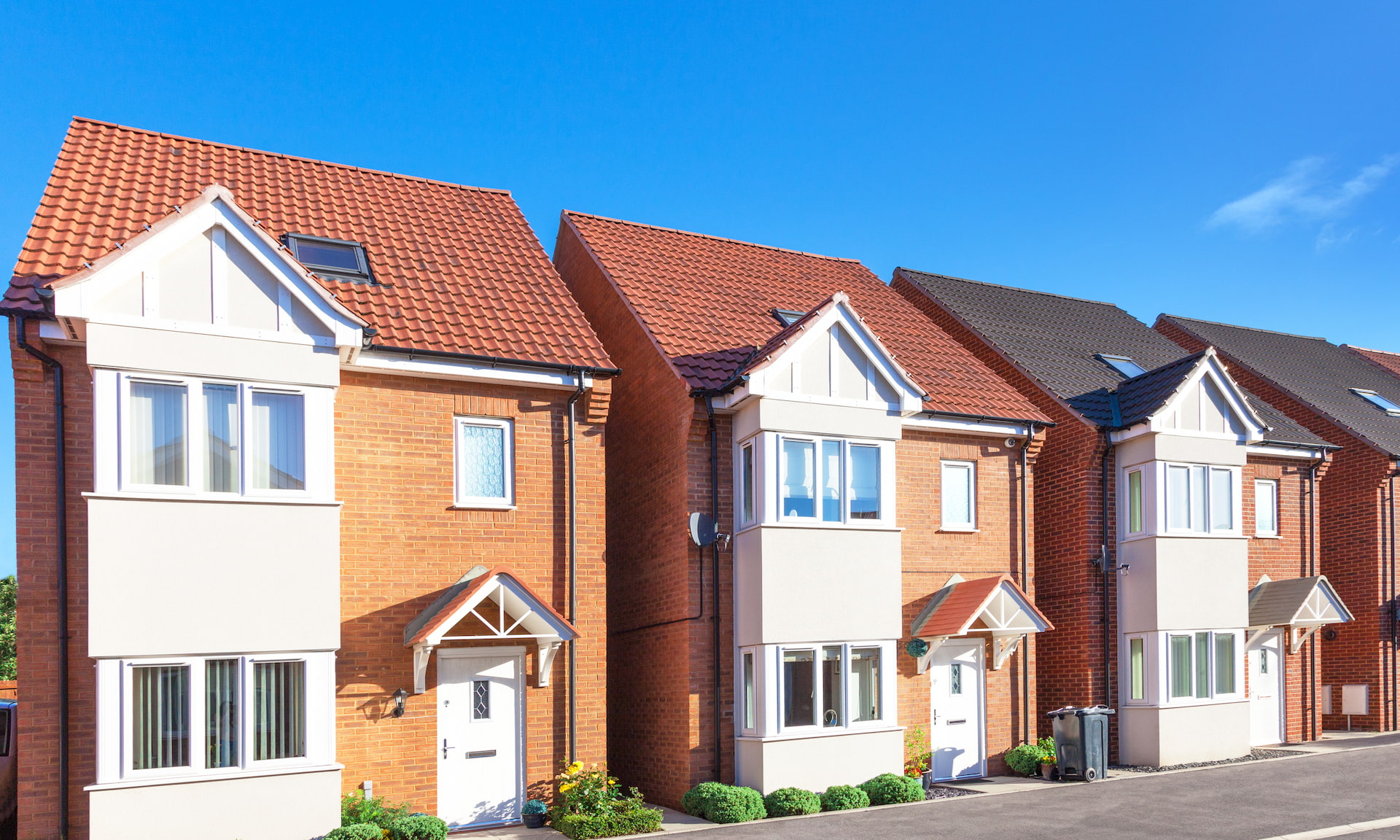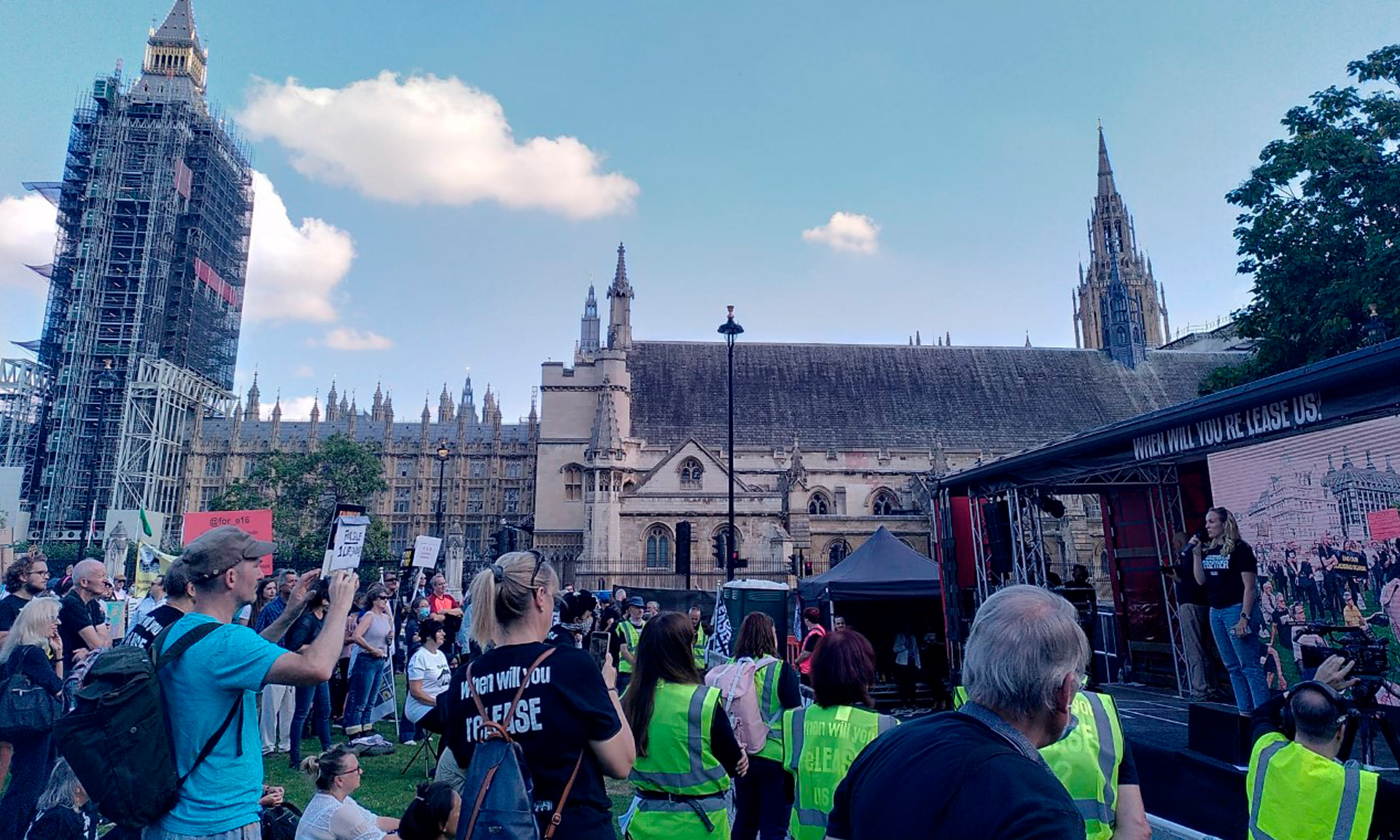
The government has unveiled plans to make developers pay for the removal of unsafe cladding from homes affected by the building safety crisis.
Housing secretary Michael Gove today announced a suite of new measures for leaseholders trapped in unsellable homes, but some will still face significant bills in the interim and concerns remain about how far the measures will go.
Here, Which? outlines today’s key announcements and explains what they mean for leaseholders.
Developers should foot bill for cladding remediation
Michael Gove today announced that leaseholders living in blocks between 11 and 18 metres tall won’t have to pay to have unsafe cladding removed from their homes.
The housing secretary said leaseholders were ‘shouldering a desperately unfair burden’ and that it was ‘morally wrong’ that they should be paying for remediation.
Firing a warning shot to the housing industry, Mr Gove said the government was ‘coming for’ companies that mis-sold cladding or insulation, cut corners when building homes or sought to profiteer after the Grenfell tragedy.
The threat came as part of a series of announcements for leaseholders affected by the building safety crisis.
At a glance: today’s cladding announcements
Will it become easier to sell a leasehold flat?
Mr Gove’s threat to developers might be the most eye-catching of today’s announcements, but the withdrawal of the Consolidated Advice Note could be significant for leaseholders who want to sell or remortgage their homes.
The guidance, which was first published in January 2020, stated that all buildings needed to be checked regardless of their height, and brought thousands of flats into the building safety crisis.
Its presence spooked lenders into refusing to offer mortgages on some flats, making it impossible for some leaseholders to sell.
Last July, the government said banks should no longer require checks on buildings below 18 metres tall, but lenders still refused to offer loans on them unless separate guidance provided by the Royal Institution of Chartered Surveyors (RICS) stated otherwise.
The situation is further complicated by a new standard setting out the need for external wall checks for all buildings, called PAS 9980, which could result in a similar outcome to the issues surrounding the Consolidated Advice Note.
We’ve contacted the banking trade association UK Finance to ask how its members will respond to today’s announcements and are awaiting a response.
Leaseholders could still face building safety costs
The new proposals will offer respite to some leaseholders, but they’re largely limited to cladding remediation, and no guidance has been published for those living in blocks under 11 metres tall.
Uncertainty still remains over other elements of the building safety crisis, and some leaseholders will continue to face ongoing bills.
Waking watch and fire alarm costs
Buildings that fail safety tests are required to install ‘waking watches’, which involve wardens patrolling their common areas 24 hours a day.
The cost of waking watches can run to hundreds of thousands of pounds, with leaseholders paying the bill.
The government says it’ll remedy this issue with a new £27m fire alarm fund, but no details on the scope of the fund or a timescale for its implementation have yet been published.
Soaring buildings insurance costs
Our research shows that leaseholders in buildings that have been deemed unsafe have seen their buildings insurance premiums rocket by an average of 500%.
The government says it will work on a plan with the insurance sector to reduce these costs, but again, no specific details have been provided.
Fire safety forms
Many of the problems faced by leaseholders begin with External Wall Survey (EWS1) forms.
The EWS process for grading the safety of properties dictates whether a home can be sold, but a shortage of people qualified (or with sufficient insurance) to carry out the tests has led to huge waits and wildly varying costs.
The government says it must ‘restore common sense’ to building safety assessments by supplying new guidance for assessors.
It has also stated that ‘too many buildings are being declared unsafe and too many are seeking to profit from the current crisis.’ This reflects our investigation from 2020, which found scammers were hijacking the EWS1 process.
Campaigners call for tougher action from the government
The campaigning group End Our Cladding Scandal met with the housing secretary earlier today to discuss his reforms.
In a statement, it said: ‘We welcome the news that Michael Gove is scrapping the unfair loan scheme and replacing it with a fund to remove dangerous cladding in buildings between 11m and 18m.
‘This government may be starting to talk tough, but these promises – finally – need to be backed by tough action, too. There may be more funding for cladding only, but the burden of paying for repairs for other serious safety defects – lack of compartmentation, missing fire breaks, shoddy building work – has still not been lifted from leaseholder shoulders, whatever their building’s height.
‘There are other issues still to be addressed. We need solutions for leaseholders in buildings under 11m and clarity on what today’s announcement means for the thousands in buildings under 18m who have already paid or are being asked to pay for cladding remediation.’



